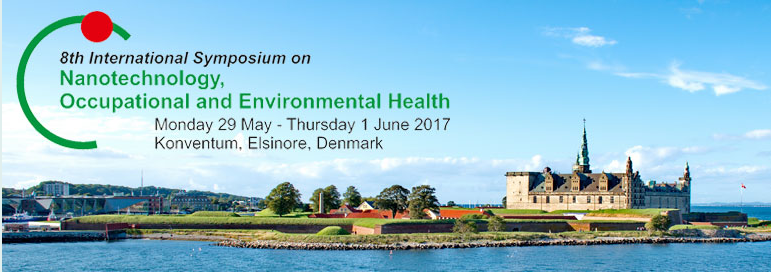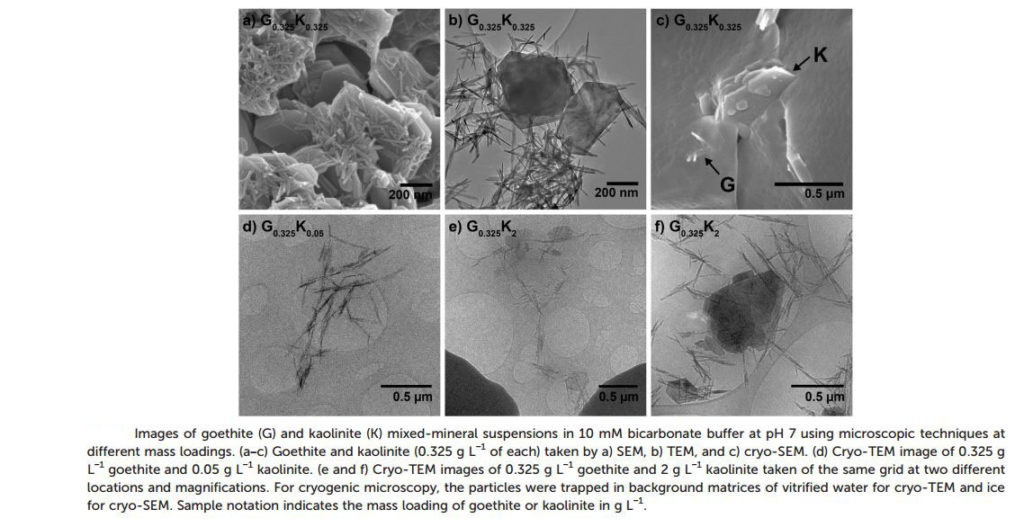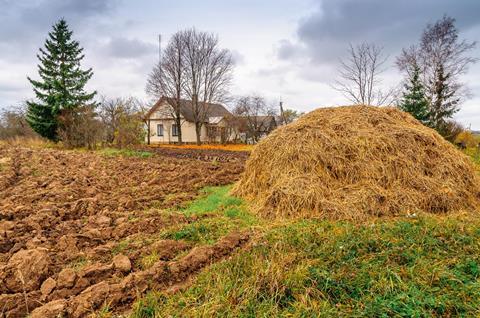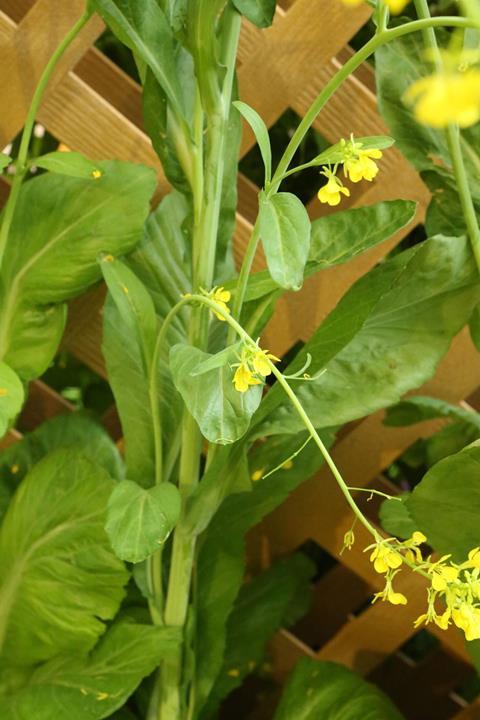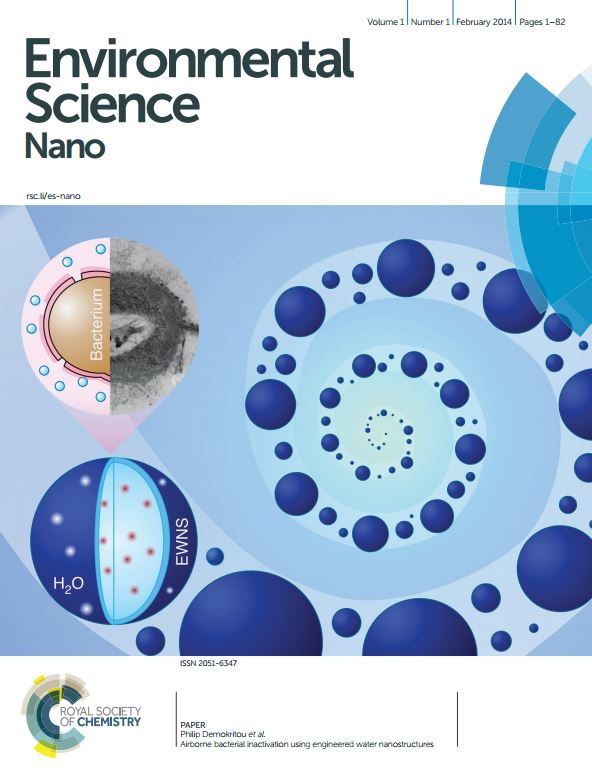We are delighted to announce that Professor Peter Vikesland joins the Environmental Science: Nano team as Editor-in-Chief from 1st January 2018
Peter Vikesland is a professor of civil and environmental engineering at Virginia Tech, USA. His research interests include nanomaterials in the environment and improved sensors for drinking water. His research on the environmental implications of nanotechnology examines the effects of solution chemistry on the aggregation and dissolution of environmentally relevant nanoparticles.
Peter says: “It is truly an honor for me to be named the second Editor-in-Chief of Environmental Science: Nano. I am excited to have the opportunity to work with our outstanding group of Associate Editors, our Editorial Board, our Advisory Board, and all of the wonderful people at the Royal Society of Chemistry who manage the day to day operation of Environmental Science: Nano and its sister journals Environmental Science: Processes & Impacts and Environmental Science: Water Research & Technology.”
Since launch, the journal has been led by inaugural Editor-in-Chief Professor Vicki Grassian (UC San Diego) whose term as Editor-in-Chief finishes at the end of 2017, as is Royal Society of Chemistry policy. Professor Grassian says: “I was really excited to see the community embrace the journal and work hard as authors, reviewers and editorial board members to insure its success. It has been my honour to be the inaugural Editor-in-Chief and I am so pleased to be passing this position on to Peter.”
Read this recent Open Access paper by Professor Vikesland in Environmental Science: Nano:
Waste not want not: life cycle implications of gold recovery and recycling from nanowaste
Paramjeet Pati, Sean McGinnis and Peter J. Vikesland














